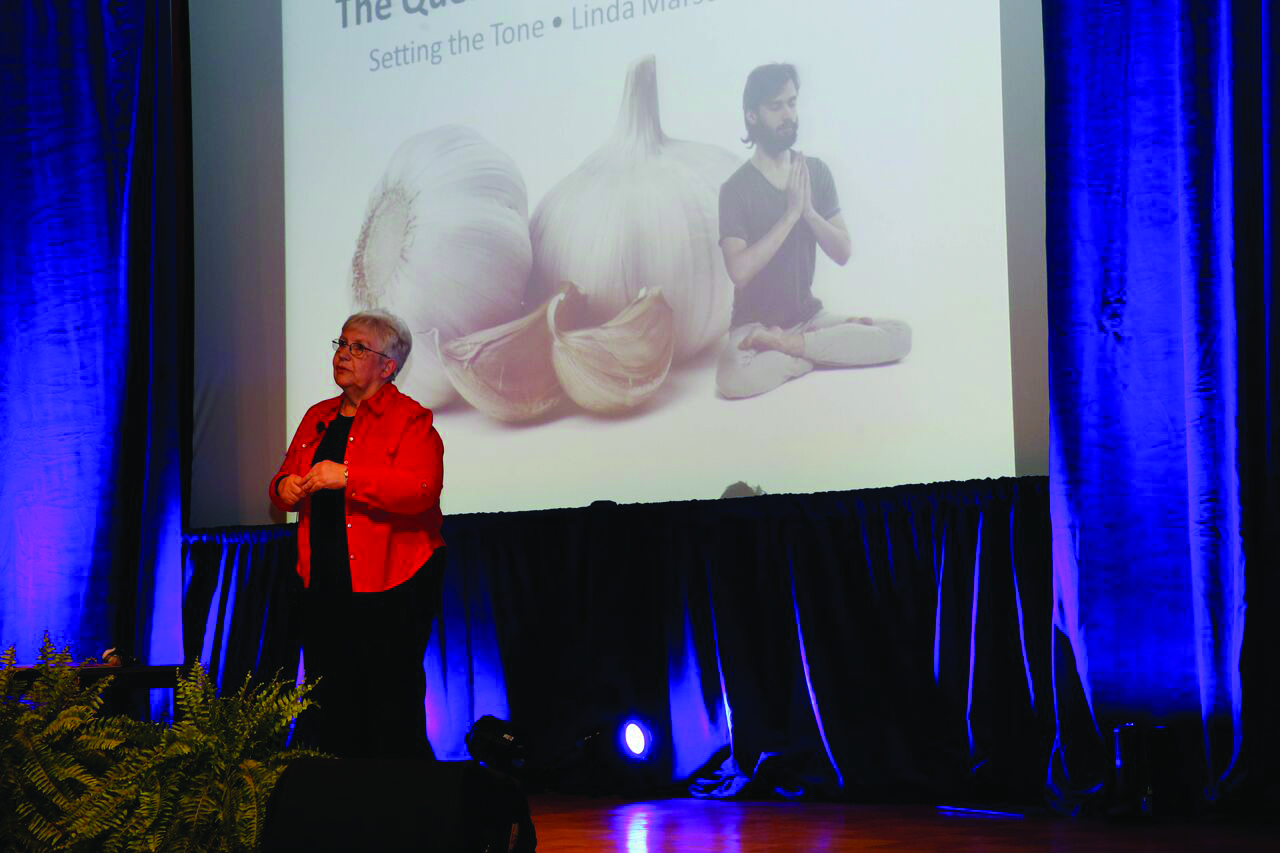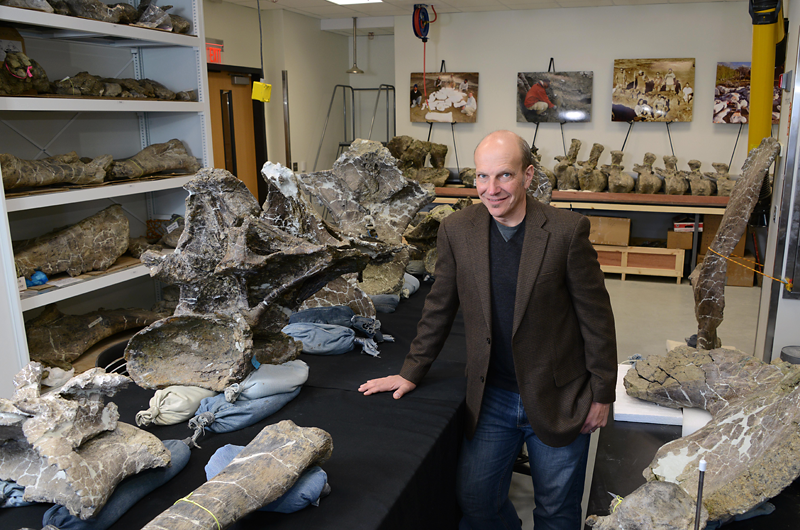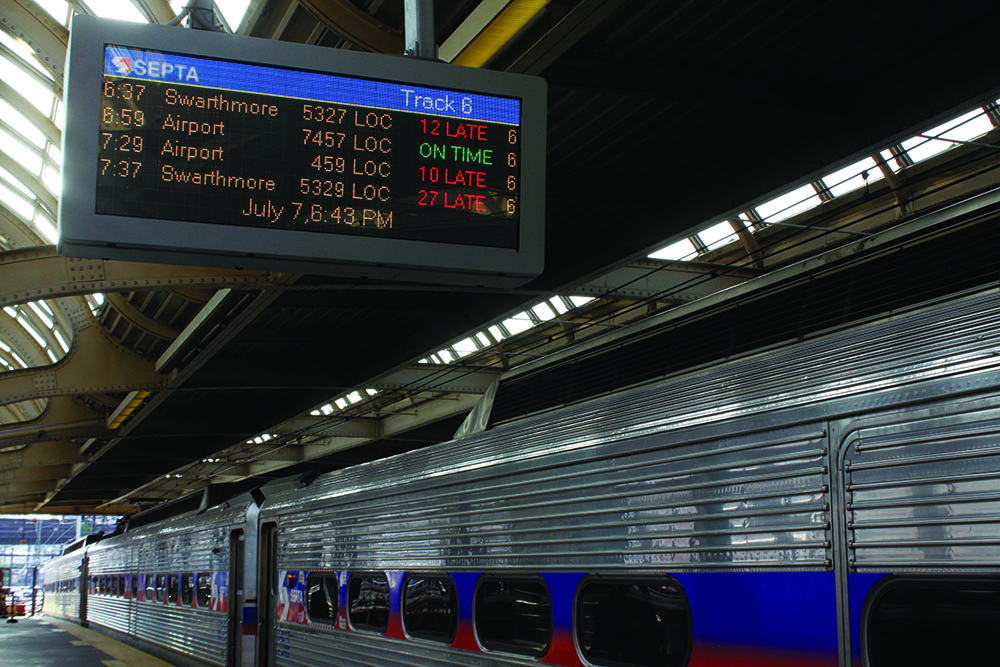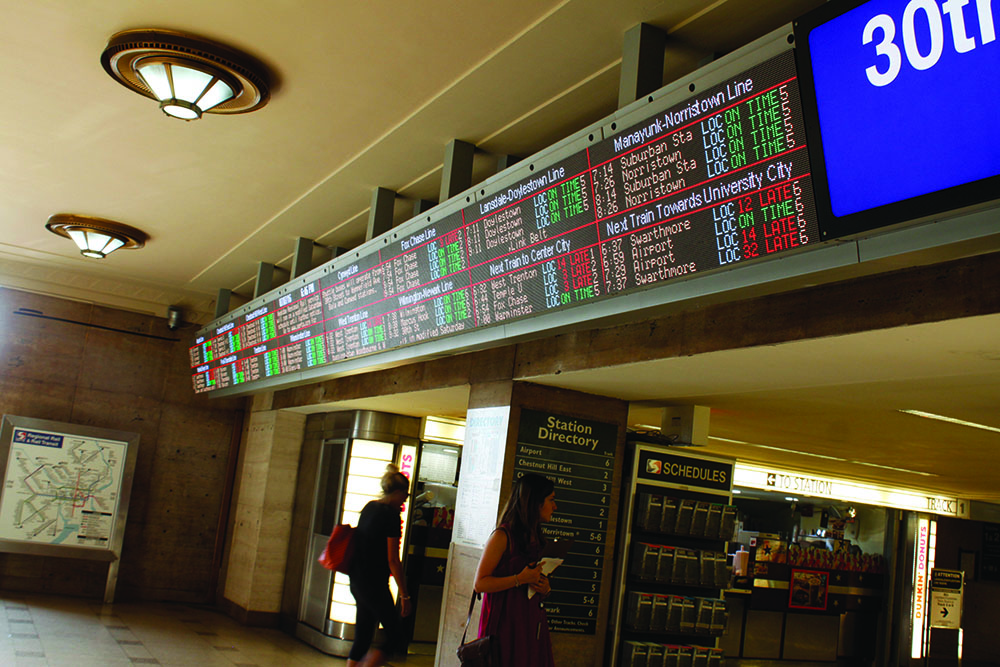Posted on 08 July 2016.

Photo courtesy: Ariel Skovera
For the second time since 2010, Gloria Donnelly, PhD, Dean of Drexel University’s College of Nursing and Health Professions (CNHP) and Associate Vice Provost Steve DiPietro, performed a comedy benefit show for the Dean’s Student Emergency Fund on June 22.
Former Drexel student and beneficiary Alexis Burns gave the opening speech. She explained that during her sophomore year she was having difficulties paying for her rent even though she worked two jobs – one as a waitress and the other as a work-study position. Her parents could not support her at that time since her father was unemployed and her mother was working three jobs.
Reluctant to start a third job, she turned to the Dean’s Student Emergency Fund, and was able to receive funding the summer of her sophomore year in 2012. She currently works at the Children’s Hospital of Philadelphia as a registered nurse.
“Fifteen students have benefited from the endowed fund that has grown to more than $60,000. The show’s proceeds will definitely enhance the fund allowing us to assist more students,” Laura Valenti, Executive Director College Engagement, Marketing and Communications, said.
“The Dean is happy to do what she can to assist our students in achieving their goals of becoming well-prepared nurses and healthcare professionals,” Valenti continued.
There were about 75 audience members attending the show, who consisted mostly of members of faculty and a few students. All were eager to see Dean Donnelly in action.
“Dr. Donnelly and the Associate Vice Provost [Steve DiPietro] have worked diligently to develop skits that are downright funny,” Valenti explained as she prepared the audience for the show.
People who had never seen Dean Donnelly perform comedy before were very enthusiastic about seeing her potential as a comedian that night.
As the light dimmed on the stage of the Geary Auditorium, the velveted curtains were lit with an electric blue spotlight which contrasted with the three plants on the front stage.
The audience was then propelled into the first scene: “The Interview.” This scene featured the character of Blanche, the first female NFL coach. The moderator of the interview, Dr. Rottenbottle, played by Dipietro, claimed to have graduated from five-minute University.
Throughout the make-believe interview the audience discovered the quirks of a lazy woman at the head of a football team. One of her “secret” techniques was to communicate during the game with a retired coach in a nursing home. The tips from the retired coach were what made her better than any of the other NFL coaches.
The audience got to learn more about the character’s personal background as well. She graduated from University of Pennsylvania as a political science major who switched to a cheerleading major, and then went to Drexel University to create and participate in a new cheerleading class. She designed her own certificate of cheerleading and also defined the very complex imaginary scrimmage line. She even switched to a French accent while subtly comparing and contrasting education with coaching.

Photo courtesy: Ariel Skovera
After this opening, the audience was introduced to the more spiritual subject of self-therapy.
In scene two, “The Quest for Psychic Perfection,” Donnelly shared the story of her own quest to psychic perfection through different therapies. She also shared what her mom used to say about feeling better whenever she was feeling stressed. She told of everything from her experience in “psycho drama” where she talked to one and sometimes two empty chairs, to hypnosis therapy where she attempted to cure her fears of flying, to self-therapy with supermarket magazines that told her garlic decreases stress by 39 percent. She concluded her skit with a presentation slide that read: “The path to enlightenment is to create stress for others and help them manage it.”
Lastly, scene three was called “Mob in the Kitchen,” and had the same feel as the television show “Chopped.” But, instead of competing to create the best dish, the participants competed to make up the best insults for one another. The competition was between Donatello Tortellini, a specialist in turtle cooking, and Lydia Beatriarco, a specialist in uniquely cut pasta.
At the end of the show the audience gave a standing ovation for Dean Donnelly’s performance and for the fact that it was her last week as the Dean of the CNHP. In her final words on stage, Donnelly admitted that performing comedy was “harder work than deaning.” Most of the proceeds benefited the Dean’s Student Emergency Fund at the CNHP. The fund provides financial support to assist students with short-term financial emergencies that can occur for a variety of reasons including family emergencies, the high costs of books and school supplies and room and board expenses.
“We partner with Drexel and we work with the Dean and with the nursing school. We got the advertisement in the mail and we said ‘we gotta go!’” Lorina Marshall-Blake, president of the Independence Blue Cross Foundation, said.
Alumnus Charles “Chuck” Pennoni is a trustee emeritus and has served as Interim President of Drexel University on two occasions. He is also the current chairman of Pennoni Associates. He and his wife Annette Pennoni supported the establishment of the Pennoni Honors College.
“The funding for the students is fabulous,” Pennoni said. He also added that the idea of raising money for students through a skit was very clever and imaginative.
“I saw the last show in 2010. Very funny. I was anxious to see this one too, it’s for such a good cause — raising money for an emergency fund for students,” Michael C. Kennedy, PhD, a Professor and Associate Dean for Undergraduate Health Professions Programs at the Drexel University College of Nursing and Health Professions, said.
To end the night, each audience member was given garlic to serve as a souvenir for the show – and to remind them that no matter what the grocery store tabloids may say, seasonings can’t buy happiness.
The post Dean Donnelly’s stand-up show raises money for struggling students appeared first on The Triangle.














